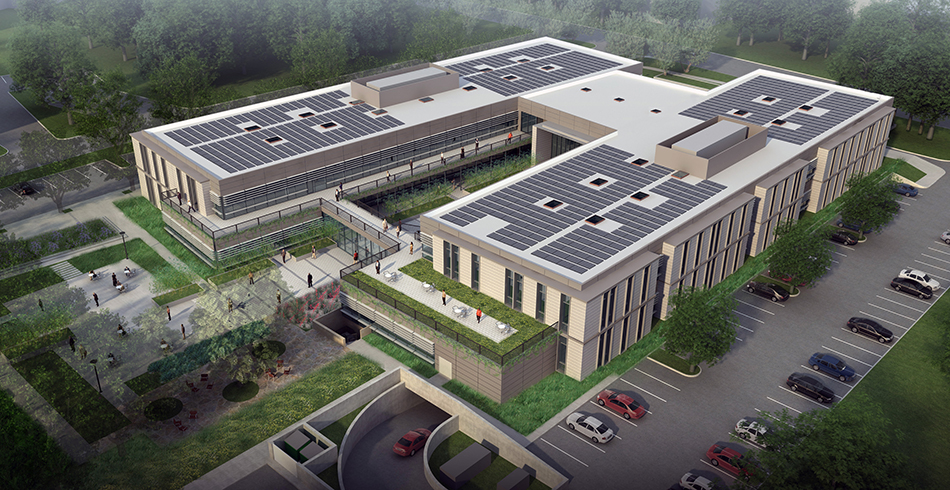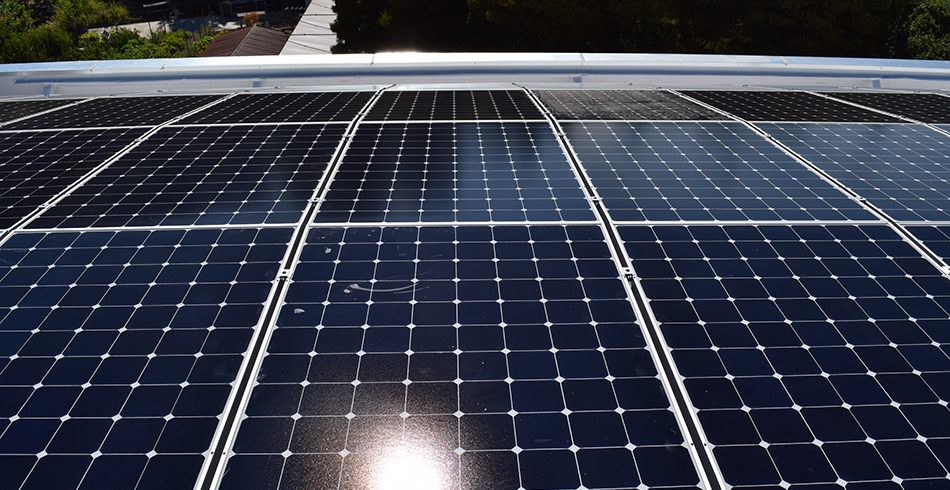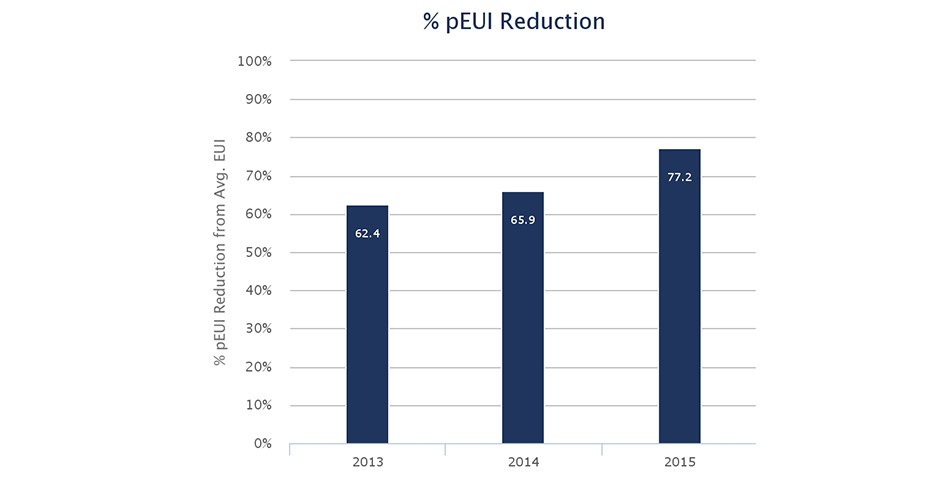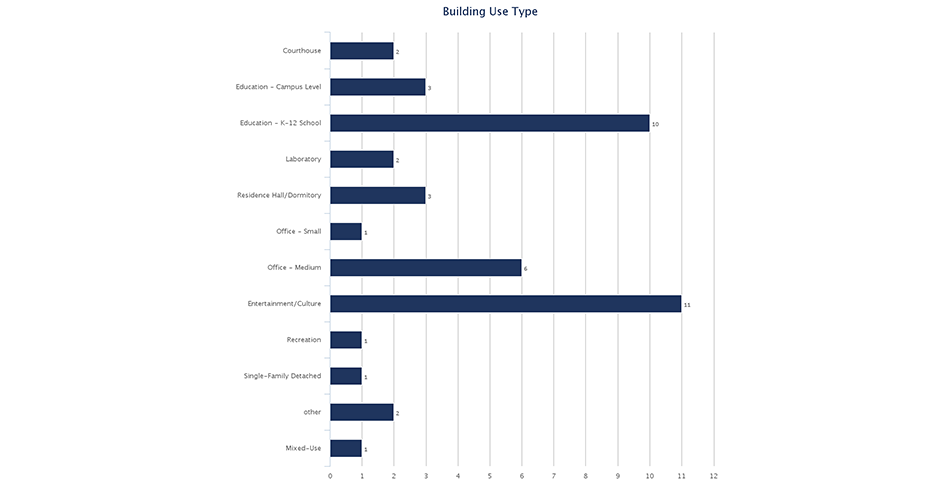A Challenge for 2030 Leaders
The latest AIA 2030 Commitment report was released early October (2016), and the results are sobering. The target for year 2015 is a 70% reduction in energy use across a firm’s portfolio as measured against an existing building baseline, a step up from 60% goal in 2014. Projects reported only an average savings of 38%, with 4% meeting the current savings target.
Why does this matter? Nearly all paths that keep global temperature rise below 2 degrees C require new construction to be carbon neutral by 2030. In addition, our existing building stock needs an equivalent retrofit effort. The AIA 2030 Commitment is a program based on Ed Mazria’s 2030 Challenge that enlists architecture firms to commit to stepping up their portfolio performance every 5 years until we reach the ultimate net zero goal in 2030.
The 2015 results confirm that the building industry is not moving fast enough to respond to the challenge posed by climate change.
At EHDD we are proud to have achieved the AIA Commitment targets each year since program inception, with a 77% performance savings in 2015 (see Figure 1). This aligns with our firm’s goal: to lead the industry in annual building performance as measured by the AIA 2030 Commitment. We want to leverage the AIA 2030 Commitment to push ourselves and our project partners towards achieving industry-leading energy performance in our buildings.
But just reaching the targets is a start. The leaders in the field—those top 4%, like EHDD, who are meeting the targets – need to be more active in sharing their expertise in order to clear a path for the industry to follow. Consider this blog our attempt to kick start this effort.
How is EHDD meeting its 2030 target?
It appears to me that there are three main factors that constrain or enable each firm’s ability to reach the 2030 targets: circumstance, project types, and process. Let’s examine how these factors play out for EHDD.
Circumstance:
85% of our projects in the last three years are located in California and Pacific Northwest, with a generally moderate climate, excellent energy codes (Title 24 in California), and favorable utility rates. As I described in my earlier post Net Zero 3.0, strengthening energy codes in particular has raised the bar on all projects, reducing the gap between standard and high-performance.
The biggest factor in our 77% reduction is our large proportion of net zero energy buildings featuring roof-mounted photovoltaics.. In our 2015 submittal, we reported six net zero energy projects out of a total of twenty projects. Two of these were 100,000 square foot office buildings, including Boulder Commons which is located in the not-so-temperate Colorado climate. The other four were K-12 schools, all of which are financing their PVs through third-party “power purchase agreements” with the option of zero up front costs, and savings on their utility bills from day one.
Project Types:
We work on an unusually wide range of project types, including university classroom buildings, developer-led offices, aquariums, and K-12 schools (see Figure 2). Our sites and building forms vary from high-rise urban to low-rise rural. Since the targets are based on relative performance to benchmarks, working on energy-intensive projects is a constraint but not a deal-breaker for us. The key is attacking the major energy uses head on. Labs and aquariums, for example, are process- or internal-load dominated so “circumstance” (climate) is not as important. As architects we need to get out of our comfort zone on these projects and focus as much as specifying the most efficient -80 degree lab freezer as we do on selecting window glazing.
Process:
The factor that architecture firms control most, of course, is their design processes. At EHDD, we begin by setting absolute energy performance goals at the earliest stages of a project, and then testing our design against those goals through performance energy models throughout design. We work closely with our energy modeling partners and base our collaborations around modeling protocols that we agree to when we establish project scope. As soon as project program and size are known, we enter the project into the 2030 ddx website in order to determine the correct baseline energy use and the appropriate Predicted Energy Use Intensity (PEUI) reduction target. We communicate this target to the full team and craft a project-appropriate design process. EHDD teams get rewarded if their projects exceedtheir targets by 10% during annual reporting in winter. This equates to a five-year advancement towards the 2030 goal and demonstrates true industry leadership.
Up to now, many firms have held back on committing to 2030 targets out of fear of not being able to meet their promises. Information on who is meeting their targets and why is carefully guarded. Meanwhile, nations make commitments to collective action on climate change that our profession is not yet meeting. It is time to up our game. I suggest that we start by sharing more within the profession to speed innovation—and hold ourselves accountable
Brad Jacobson, AIA, LEED AP BD+C
Associate Principal



